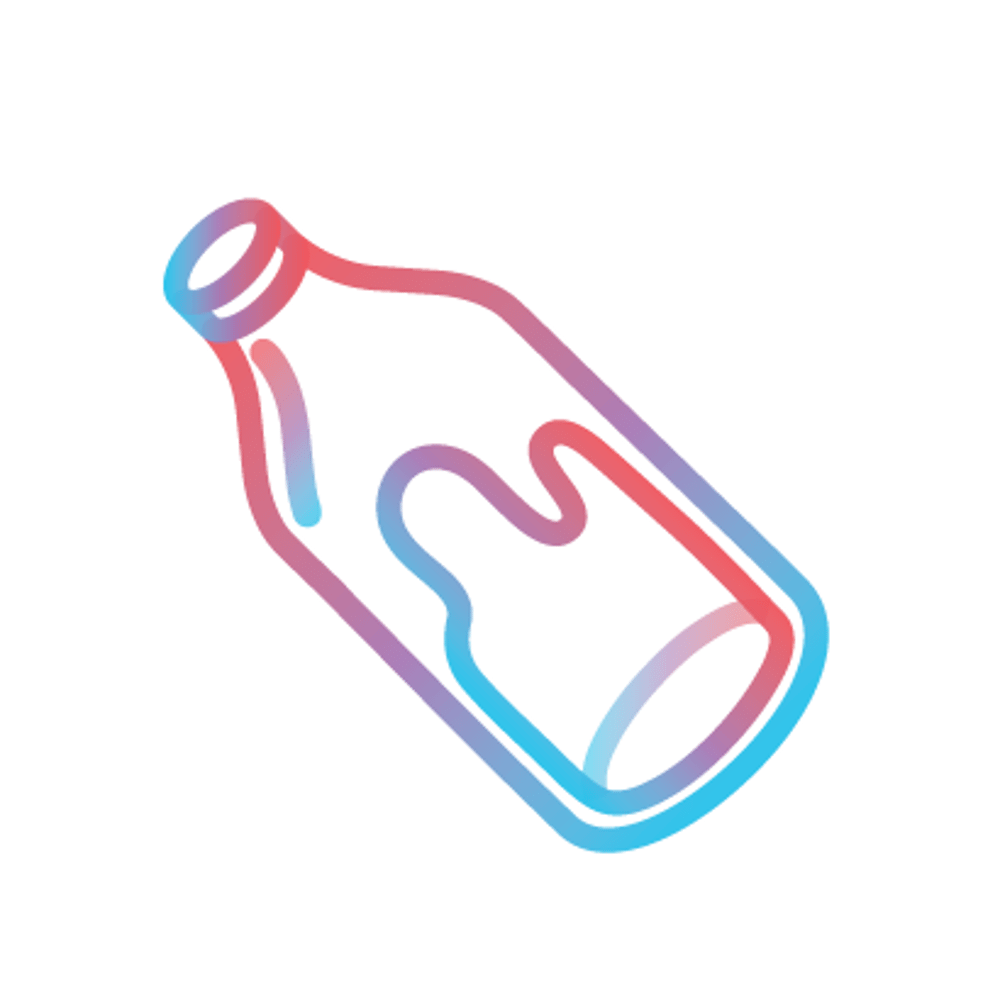What does it cost to develop a product?
Unveiling the Financial Realities of Product Creation: Budgeting, Factors, and Strategies for Success.
Introduction
Understanding the costs involved in product development is crucial for any business aiming to bring new products to market. This article explores the various factors that influence these costs and offers insights into effective budgeting and planning.
The journey from idea to market-ready product is filled with challenges, not least of which is managing development costs. It's essential to anticipate these expenses to set realistic budgets and timelines.

The Basics of Product Development Costs
Product development is an intricate process that involves several stages, from initial concept and design to prototyping and final production. Each phase carries its own set of costs, influenced by the product's complexity, materials, and the technology required. Each stage also requires different timelines.
Below you can see a timeline example for a "Basic Simplicity" product, that we carry out at Plasticlab within 6 months. Advanced Complexity products can take up to 12 months or more, same for Innovative and High-Tech product development projects.


Factors Influencing Development Costs
Several factors can affect the cost of developing a new product, including design complexity, choice of materials, manufacturing processes, and the necessity for multiple iterations and/or prototypes.
Return on Investment (ROI)
A well-executed product development strategy can yield a significant return on investment. Successful products not only cover their development costs but can also generate substantial profits, contributing to long-term business growth.

Real-World Examples: Product Development Costs
Examining real-world examples offers valuable lessons in the variability of development costs. A simple product may require minimal investment, while high-tech or complex items can demand significant resources, showcasing a broad spectrum of investment needs. Here are some real world examples comparing the complexity of the product in mind.
Basic Simplicity:
Products with straightforward design and functionality, requiring minimal engineering and design efforts
Moderate Simplicity:
Products that involve more detailed design and functionality, incorporating multiple components but without extensive technological innovations.
Advanced Complexity:
Products requiring advanced engineering, including integrated technologies and mechanical components, necessitating a higher level of design precision and testing.
Innovative & High-Tech:
Highly innovative products that push the boundaries of current technology, requiring extensive research and development, potentially including software development, AI, and cutting-edge materials.

Basic Simplicity
Timeline: 3 - 5 months
Prototypes: 4 - 10 iterations
Total Budget: 15000 - 35000 euros

Moderate Simplicity
Timeline: 4 - 7 months
Prototypes: 3 - 10 iterations
Total Budget: 32000 - 56000 euros

Advanced Complexity
Timeline: 7 - 12 months
Prototypes: 3 - 20 iterations
Total Budget: 35000 - 96000 euros

Innovative & High-Tech
Timeline: 8 - 24 months
Prototypes: 6 - 30 iterations
Total Budget: 96000 - 495000 euros

Navigating Product Development Successfully
Avoiding common pitfalls in product development involves thorough market research, careful planning, and embracing an iterative design process. These steps help minimize unnecessary expenses and improve the chances of success.
Conclusion: Key Takeaways
Investing in product development is a critical decision for any business. By understanding and planning for the associated costs, companies can better position themselves for successful market entry and profitability.
If you ever have any question regarding product development send us a message through our contact form.
Other articles that may interest you

Comfortable office
Attempt to maintain a similar content volume for each element in the grid, ensuring a visually appealing layout.

Positive culture
Attempt to maintain a similar content volume for each element in the grid, ensuring a visually appealing layout.

Best equipment
Attempt to maintain a similar content volume for each element in the grid, ensuring a visually appealing layout.


